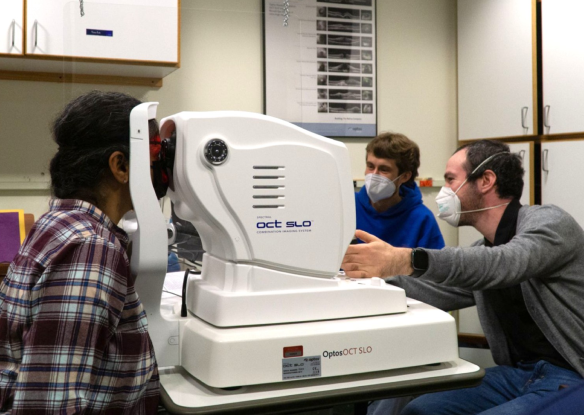
- Principal Investigator:
- Arvind Chandna

- Principal Investigator:
- Saeideh Ghahghaei
There are many factors that can impair reading in CVI including, but not limited to, (i) increased crowding (ii) spatial inattion and (iii) abnormal eye movements. In this project, we aim to understand (i) how CVI affects reading, (ii) how current rehabilitation techniques or assistive technologies help improve reading in CVI and (iii) what more can be done to assist those individuals with CVI.
Given the wide range that CVI can affect the mechanisms involved in reading, and that each individual with CVI is very unique, developing techniques that adapt to the individual’s need and preference is crucial. This makes research in this field challenging but at the same time important so that every individual with CVI can read to the best of their potential.
How can you help?
We are currently interviewing parents of children with CVI to understand reading difficulties that their child may have and also to understand the mechanisms or strategies that they may have to overcome the problems. If you are a parent of a child with CVI, we would like to hear your story of your child's journey when it comes to reading. Please contact us (saeideh@ski.org) for more information.

